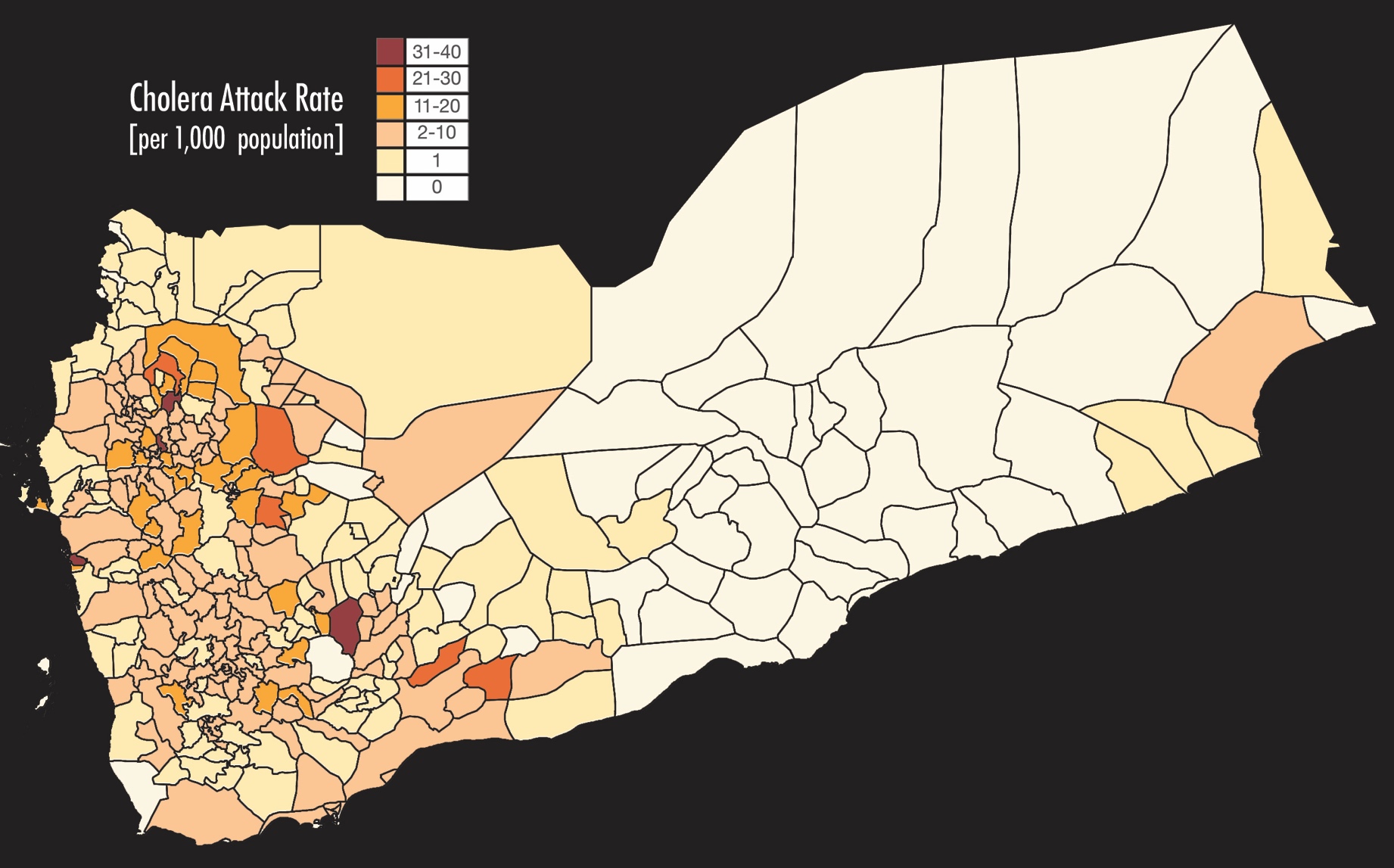UPDATE: Saturday, April 8, 2 a.m. (New Zealand time zone) – NASA postpones super pressure balloon launch
NASA postponed the scheduled launch of its super pressure balloon (SPB) from Wanaka, New Zealand, at 2 a.m. Saturday, April 8 (New Zealand time) due to unacceptable stratospheric weather conditions for operations.
Along with monitoring ground and lower-level winds (up to 300 meters) on launch day, stratospheric wind conditions at 33.5 km (110,000 feet), which is where the balloon will float, also need to be set-up favorably to support a launch attempt.
While ground and lower-level winds were conducive for launch, winds in the stratosphere were not. A counter-clockwise flowing eddy has developed to the west of New Zealand’s North Island. Forecast models had the balloon launching from Wanaka and then traveling north bisecting the South Island before eventually getting caught up in the light and variable winds of the eddy. Ideally, an eastward trajectory after lift-off is preferred, though not necessarily required.
“Had the forecast stratospheric models pushed the balloon further west—not unlike what we saw in our 2016 launch—we would have seriously considered moving forward with our launch attempt,” said Gabe Garde, NASA’s mission manager for the balloon launch. “Unfortunately, there’s too much uncertainty in the final trajectory forecast given the nearby eddy pattern in the stratosphere. More opportunities will present themselves as we continue to move forward in the campaign.”
NASA will announce by 2 p.m. Saturday, April 8, whether or not Sunday’s weather will support a launch attempt.
———–Original Story———–
NASA is targeting Saturday, April 8 (Friday, April 7 in Eastern Time), to conduct a super pressure balloon (SPB) test flight launching from Wanaka Airport, New Zealand, on a potential 100-day journey.
NASA will begin flight preparations in the early morning hours Saturday and will continue to evaluate real-time and forecast weather conditions throughout the morning. If weather is conducive for launch, lift-off is scheduled between 8 and 11:30 a.m. locally (between 4 and 7:30 p.m. EDT Friday, April 7).
“At this time, the weather at the ground and lower levels looks very good for a Saturday launch attempt,” said Gabe Garde, mission manager for the 2017 Wanaka Balloon Campaign. “However, we continue to evaluate the forecast stratospheric winds and predicted flight trajectory to ensure conditions are acceptable before launch.”
The purpose of the flight is to test and validate the SPB technology with the goal of long-duration flight (100+ days) at mid-latitudes. In addition, the University of Chicago’s Extreme Universe Space Observatory on a Super Pressure Balloon (EUSO-SPB) is a mission of opportunity flying on the 2017 SPB test flight.
EUSO-SPB is designed to detect high-energy cosmic rays originating from outside our galaxy as they penetrate the Earth’s atmosphere. As these high-energy particles enter the atmosphere, they interact with nitrogen molecules in the air and create a UV fluorescence light. EUSO-SPB will be looking downward at a broad swathe of the Earth’s atmosphere to detect the UV fluorescence from these deep space cosmic rays coming in from above.
Once launched, the 532,000-cubic-meter (18.8-million-cubic-foot) balloon will ascend to an operational float altitude of 33.5 kilometers (110,000 feet). NASA estimates the balloon will circumnavigate the globe about the southern hemisphere’s mid-latitudes once every one to three weeks, depending on wind speeds in the stratosphere.
NASA is working closely alongside Airways, New Zealand’s air navigation service provider, to plan the airspace logistics for the balloon launch. Airways will coordinate with NASA to ensure minimal impact on normally scheduled aircraft operations and facilitate safe passage of the balloon through controlled airspace. NASA will provide Airways with the balloon’s predicted trajectory based on wind and weather conditions, ensuring the organization has the most up-to-date information to safely manage the airspace.
In addition to Airways, NASA is also collaborating with the Queenstown Lakes District Council, Queenstown Airport Corporation, and the Wanaka Airport team.
For more information on the balloon program, visit: https://www.nasa.gov/scientificballoons
For more information on EUSO-SPB, visit: http://astroserve.mines.edu/euso_spb/2017-spb.html
Launch Viewing Information
Wanaka Airport officials advise that local residents and visitors will have the best vantage points for the launch from:
- The Hawea Flat side of the Clutha River
- Atop Mount Iron
- On the hill on the Hawea side of the Red Bridge by Kane Rd.
The launch can be tracked in the following ways:
- A live feed of the launch is available here: http://www.ustream.tv/channel/nasa-csbf-downrange-operations
- Track the progress of the flight at the following link, which includes a map showing the balloon’s real-time location, at: http://www.csbf.nasa.gov/newzealand/wanaka.htm
- For mission status updates follow NASA’s Wallops Flight Facility social media accounts: www.facebook.com/NASAWFF and www.twitter.com/NASA_Wallops
- For launch updates follow on Wanaka Airport’s Facebook page www.facebook.com/WanakaAirport
- For the live broadcast from Wanaka Airport tune in to Radio Wanaka 92.2 FM
Super Pressure Balloon Facts
- Volume of the balloon when fully inflated: 532,379 cubic meters (18.8 million cubic feet); about the size of a football stadium
- Diameter of the balloon when fully inflated: 114.5 meters (376 feet)
- Height when fully inflated: 68.96 meters (233 feet)
- Altitude at float: 33.5 kilometers (110,000 feet)
- Amount of balloon film used to make the balloon (the film is polyethylene—the same material used in sandwich bags, though our film is much stronger and more durable): 8.9 hectares (22 acres)
- The weight of the balloon combined with the suspended weight (gondola, flight train, and parachute) is: 4,909 kilograms (10,821 pounds); separately, the balloon weighs 2,414 kilograms (5,321 pounds) and the total suspended weight is 2,495 kilograms (5,500 pounds)






























